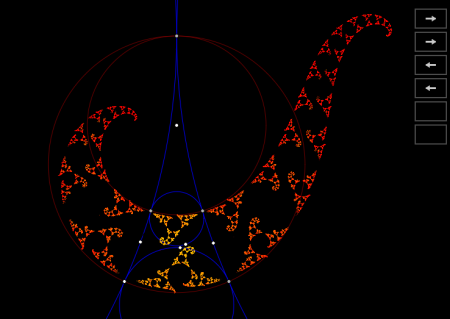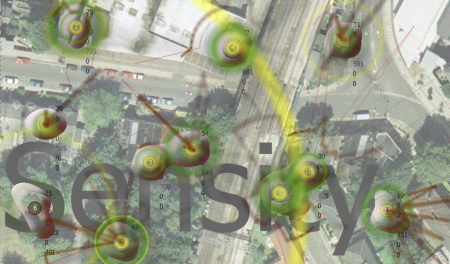Archive for the 'visualization' Category
Sunday, December 23rd, 2007
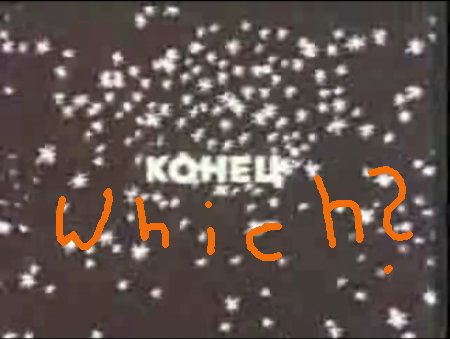
While looking for the classic russian winter animation ded maros i lyeto (santa claus and the summer) from 1969 by soyusmultfilm I stumbled on youtube over this jewel for all lovers of ascii animation made at the “department of educational and scientific fotography and cinematography” at the Lomonossov university (N. Konstantinov, V. Minakhin, V. Ponomarenko, A. Skuridin, V. Shurkin). In the comment section it was said that the animation is from 1967, which I unfortunately couldn’t verify.
(more…)
posted by nad | animation, art and design, communication, visualization | No Comments »
Monday, December 17th, 2007
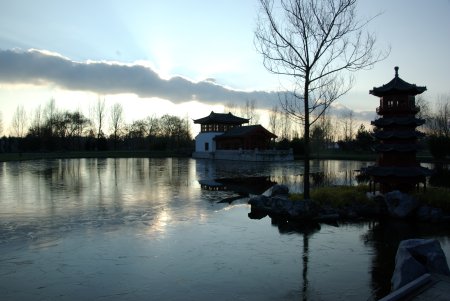
Some weakend impressions from winterly Erholungspark Marzahn. As you can see it is quite icy.*
*thanks to Mark Aufpasser for tips for the camera!
update 27.2.2016:
Its been about ten years since this entry had been written. Meanwhile Erholungspark Marzahn
had turned into a kind of ugly Disney park like companion piece. I have basically ceased to go there.
(more…)
posted by nad | art and design, berlin, climate, Uncategorized, visualization | No Comments »
Tuesday, November 6th, 2007
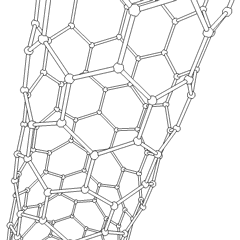 image source
Peter Kutchukian
image source
Peter Kutchukian, a current graduate student in the Department of Chemistry and Chemical Biology at Harvard, has started a new nanotechnology-related art/gallery site,
www.nanohedron.com: “Nanohedron aims to exhibit scientific images, with a focus on images depicting nanoscale objects. The work ranges from EM images of nanoscale materials to graphical renderings of molecules. Scientific images lying outside the realm of nanoscience such as algorithmic art will also be considered.”
via somewhereville
posted by nad | art and design, nano, visualization | No Comments »
Wednesday, October 24th, 2007
Scientific visualization from the past: In 1660 Andreas Cellarius published his Harmonia Macrocosmica. A beautifully illustrated star atlas. Here are nice scans of the plates while here and here are online browsable scans of the book. via the cartoonist
posted by timh | art and design, physics, visualization | No Comments »
Saturday, September 8th, 2007
A small update to nad’s post on indra’s pearls: Jürgen Richter-Gebert has made an interactive course (german only) with his dynamic geometry program Cinderella. Now you can easily experiment with those circles and iterated function systems yourself.
posted by timh | math, visualization | No Comments »
Sunday, September 2nd, 2007
It seems to be a London week here at randform.
sensity is an audio-visual artwork that lets you hear and see data collected by wireless sensors around in London.
posted by timh | art and design, environment, music, perception, UK, visualization | No Comments »
Monday, August 20th, 2007
This post is a follow up post to some posts (1,2,3) relating to the question of simulation. It is concerned with the question of how “real” a simulation can “feel”.
(more…)
posted by nad | art and design, bio, communication, games, robotics, software, trips, Uncategorized, visualization | 4 Comments »
Monday, July 2nd, 2007
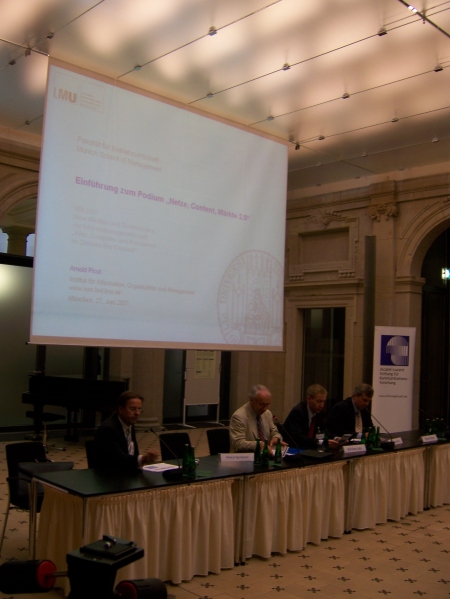
Since I don’t have a mobile phone blogging tool or even a laptop I couldn’t life blog from the NMI conference at the academy of sciences. So here comes a little summary about the topics and speakers of last Wednesday.
(more…)
posted by nad | berlin, communication, Film, games, software, Uncategorized, visualization | No Comments »
Monday, May 21st, 2007
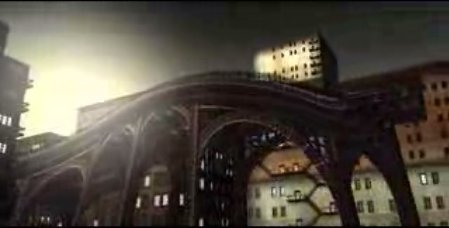
Not the newest news, but still noteworthy – the demo “debris” by Farbrausch, which was the winner of the demoparty breakpoint in April. The demo is a windows executable of 177 kByte! The trailer reminds a bit of sometimes and sometimes of float and Kapitaal.
A video of the demo can be found on youtube
As promised they have made the tool for generating the procedural textures available now: it ist called .werkkzeug 3 TE (while the tool is free, the texture generation library needs to be purchased).
posted by timh | 3d, animation, art and design, software, visualization | No Comments »
Thursday, April 5th, 2007
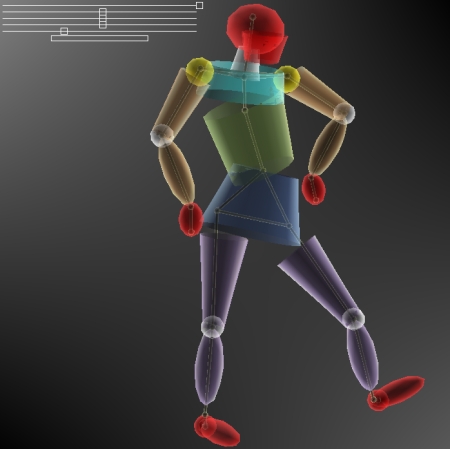
manicone is online now. The coloring of manicone took more time than expected. The coloring made it necessary to consider theories and examples of artistic color compositions, physical mixing properties, technological limitations (calibrations) and infoesthetic basics (For a glimpse onto the problem of coloring and infoesthetics see e.g. this video lecture by tamara munzner (who was a visiting scientist of the TU math department in the mid nineties) or the review on pingmag.
It is a difficult question to find the right portion between colorful and colorful. Colors may be shouting. If they unfriendly shout you down then this is not acceptable. If the are too faint and disappear among the other colors then this is not acceptable either. Due to the transparency properties of manicone, color mixing was likewise an important question.
posted by nad | art and design, math, perception, software, visualization | 4 Comments »



